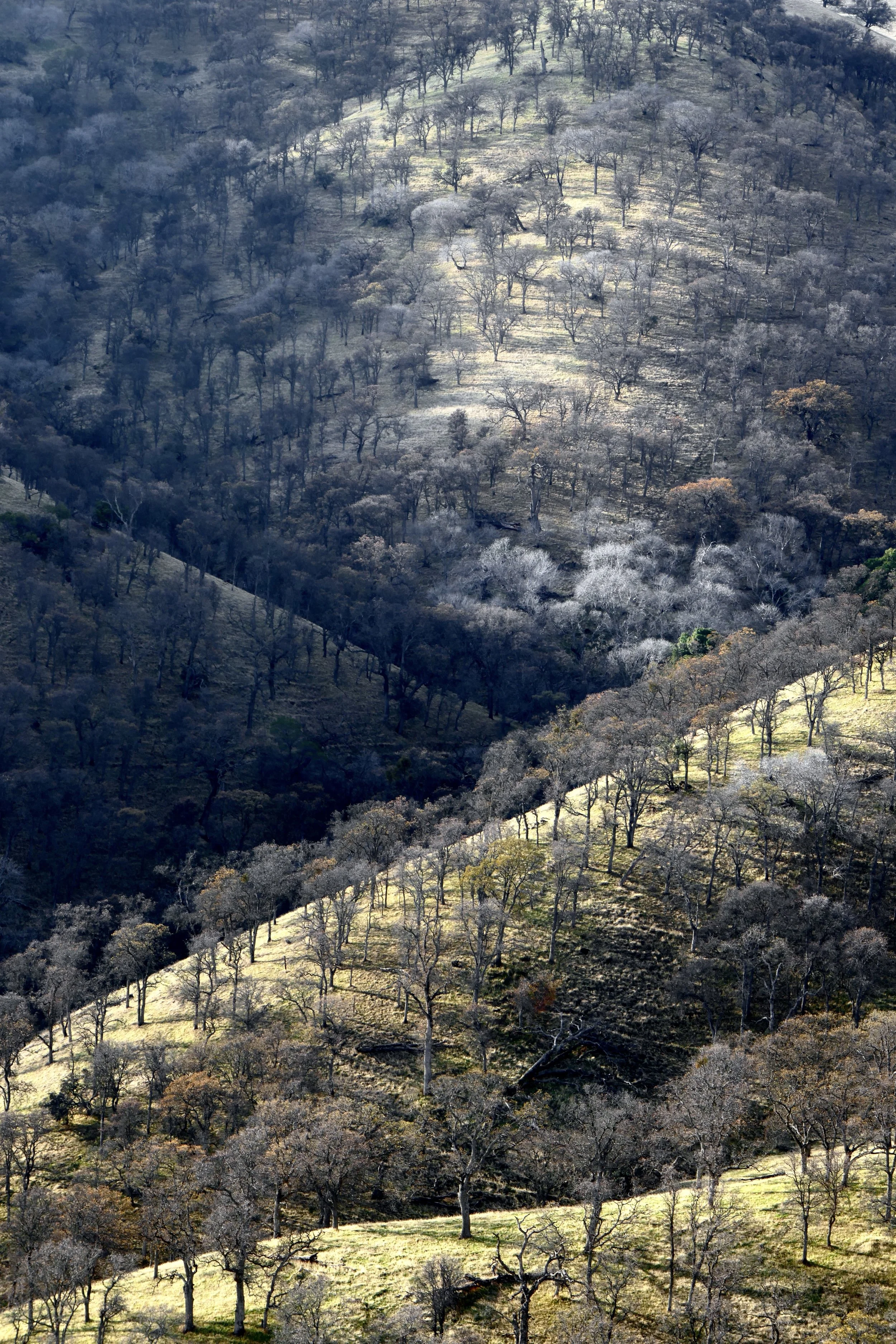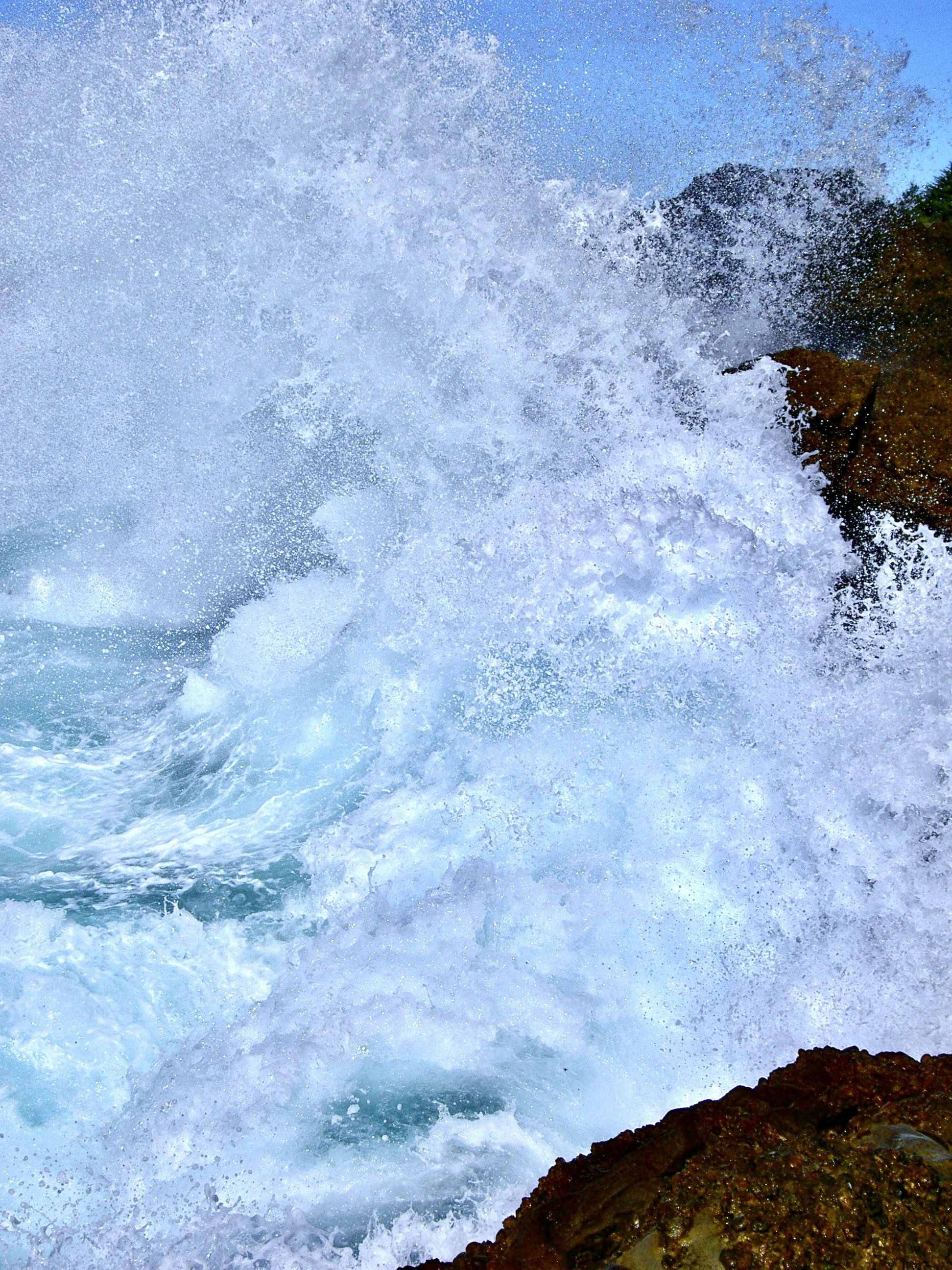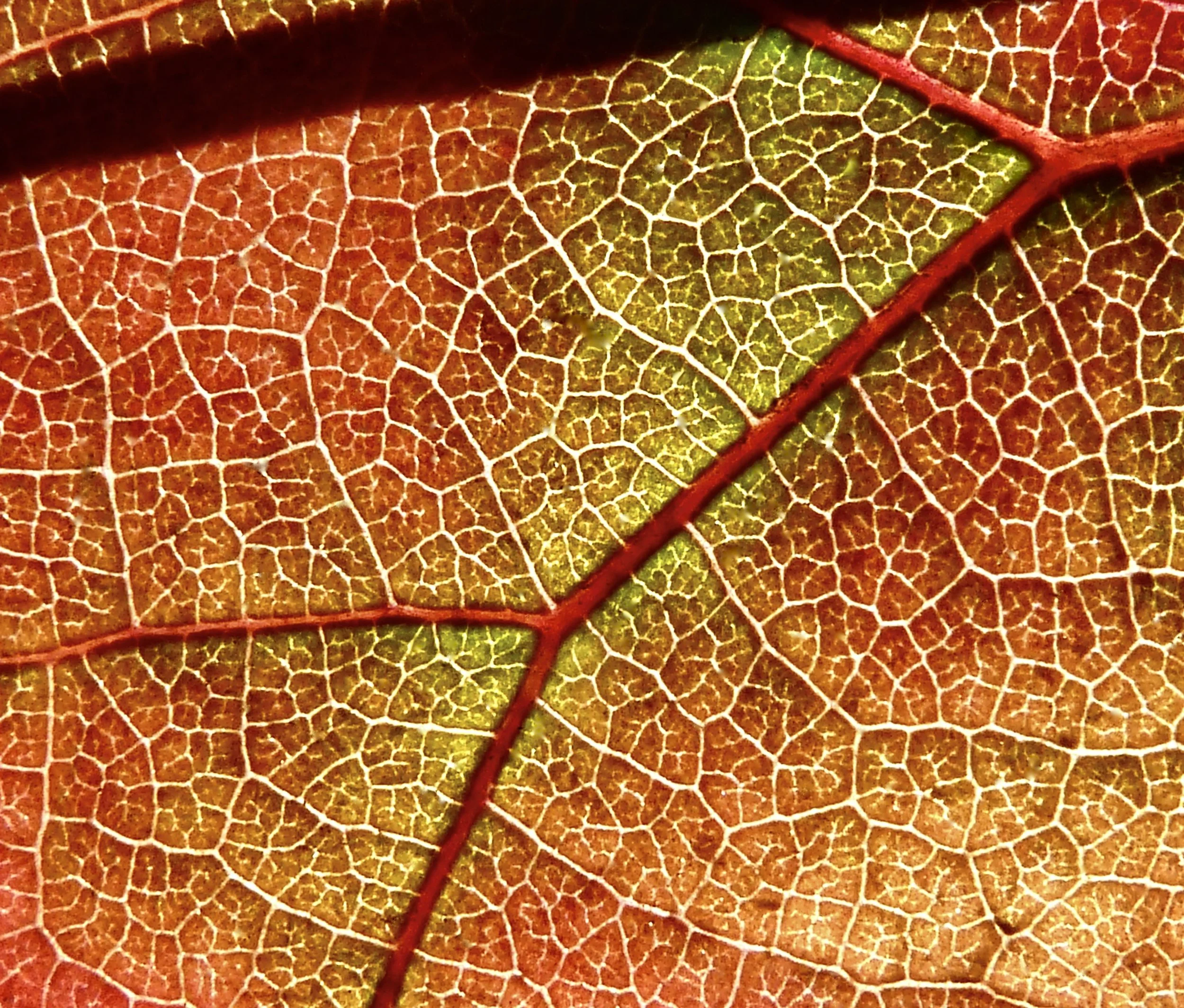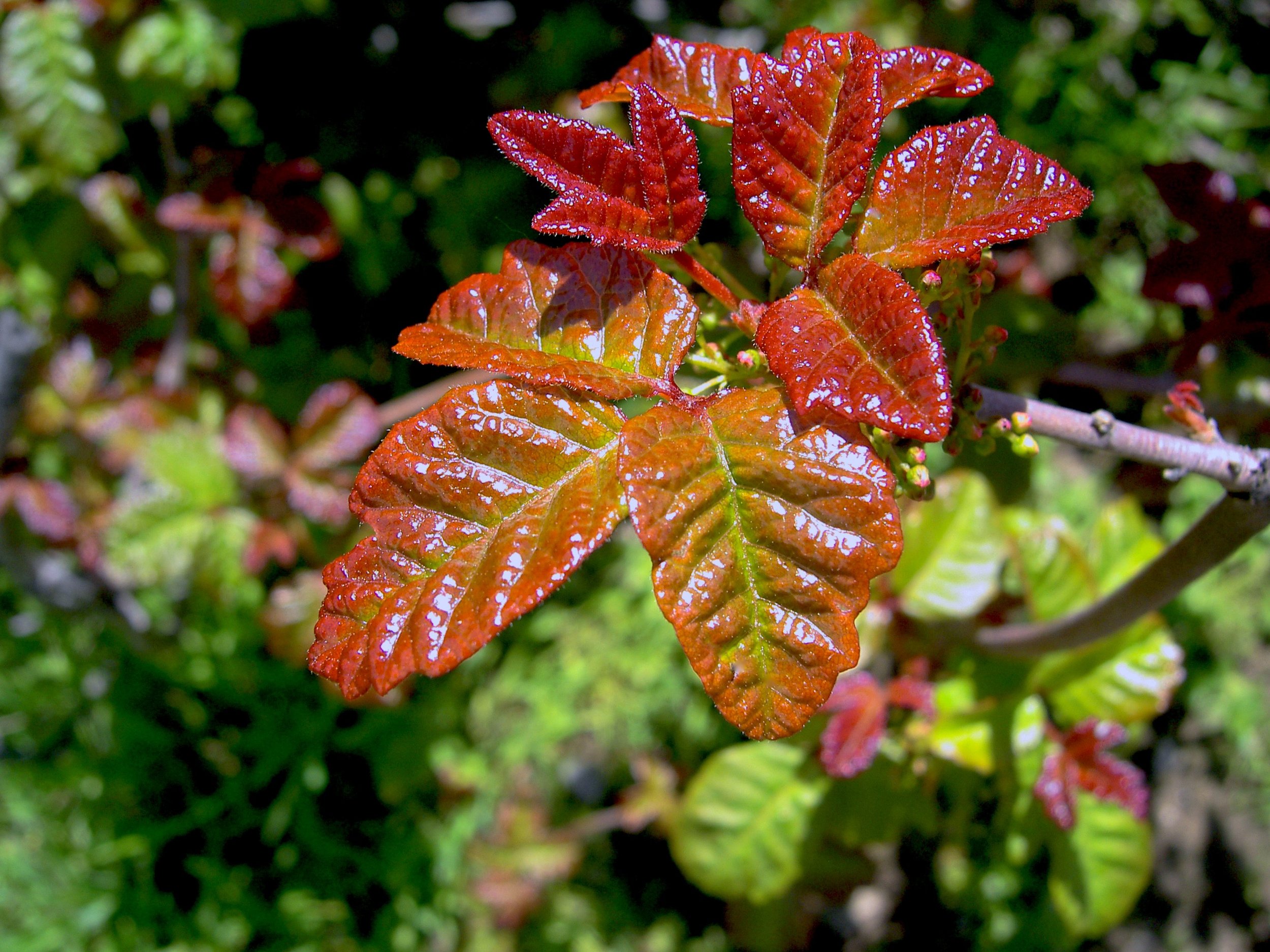Giving thanks for the valley girl
The oak woodland of Round Valley’s Hardy Canyon in early winter.
Thanksgiving season can be overwhelming, and not merely as an exercise in cooking seven-course meals and scrubbing burnt turkey off roasting pans. As we turn our attention to the “thanks” in Thanksgiving and make a mental list of our blessings, the list triggers emotions that can overwhelm – and confuse. Our most treasured blessings, our relationships, are fraught with pains inflicted by ourselves. Some blessings come in disguise.
So today I give thanks for a relationship fraught with no pain, unless it’s the pain that helps me gain – elevation, that is. Elevation to a summit. Today I give thanks for my neighborhood sanctuary, Round Valley Regional Preserve.
It wasn’t love at first sight. I met her beneath a sear of summer Sun in ’03. I’d been warned that in summer she gets hot – not sexy hot but cruel. She cools off in the evening. By dawn her ridges are gripped by a delicious chill. But as the summer sun rises, you feel the heat in her breath; hear her golden hair, brittle since June, crackle in the breeze.
She’s no bombshell. Compared to the glamorous and statuesque chicks in her clique – Los Vaqueros, Morgan Territory, Mt. Diablo and Black Diamond Mines – Round Valley at first sight struck me as petite and plain. Then I got to know her; indifference turned to interest. When I strutted up and asked for a whirl on the dance floor, she said “Take a hike.” So I did.
That whirl was a hike through her northern hills. In the years before the whirl I’d stayed on her main trails. But on a grey January morning in ’08, on the Miwok Trail, I looked left to admire an intriguing ravine that rose southward and disappeared beneath a mantle of buckeyes, luring me in. Low clouds scudded from the east, threatening rain. I tightened my laces. Maybe I could find an off-trail shortcut through the hills and rejoin the trail at the canyon’s crest, 1,110’ above sea level.
I took the plunge into a network of ridges, draws, spurs and escarpments robed in oaks whose bare branches combed a hissing wind like shale combing the receding surf. At the 700-foot level the wind blew off my cap. I retrieved it and clambered down the lee slope of the ridge I was exploring. Against the base of a blue oak I sat and sipped coffee to heat the bones. The hiss of wind masked the sound of my hip pack’s zipper as I stowed the thermos. Then, motionless for minutes, I became invisible, inaudible to three black-tailed deer crossing 30 yards below. They stopped twice, ears alert, possibly smelling my presence – I was upwind – but disappeared with unhurried strides behind the warp of the ridge.
“Language,” wrote Paul Tillich, “has created the word ‘loneliness’ to express the pain of being alone. And it has created the word ‘solitude’ to express the glory of being alone.” That oak woodland where I sheltered in solitude many years ago, a mere 30-minute descent back to the trailhead and 12-minute drive home, might as well have been hundreds of miles from a trace of humanity. No drone of road traffic, no chatter of nearby hikers encroached on the rattle of dry leaves twisting on twigs in the wind. No trail signpost – for that matter, no trail – distracted the eye. I was in the nearby middle of nowhere.
The view from the Summit in February of 2023.
Since that first encounter with Round Valley’s inner wonders, I’ve explored her ridges, draws, spurs and escarpments with the persistence of a suitor and methodical plod of a researcher. She’s given me beauty and I’ve given names to her features. Coyote Ridge, Antler Ravine and Arroyo Grande are inscribed not on the map you grab at the trailhead but the map in my mind. Whenever I visit the Summit I pay my respects to trees dubbed Old One, Samurai and Oliphaunt, trees that, as Hesse put it, “do not preach learning and precepts; they preach, undeterred by particulars, the ancient law of life.” Black Rock Garden and Buckeye Cascade feature boulders of repose and refreshment. And when running the narrow track of Dorsal Alley, I step high.
It wasn’t love at first sight but didn’t need to be love. Awe sufficed. That first summer melted into autumn; by November the blue oaks of Hardy Canyon had lost their leaves and betrayed their fractal structure. Struck by the oblique light of late morning, oak shadows streaked the canyon’s spurs in long, thin slashes. The romance began.
Round Valley is a place I not only hike over but watch over. Her seductiveness is her survival scheme. As years pass and our intimacy intensifies, I grow more determined that she endure, that my grandchildren grow to love her and safeguard her when I’m gone. “If you know wilderness in the way that you know love, you would be unwilling to let it go,” wrote Terry Tempest Williams. “We are talking about the body of the beloved, not real estate.”
So today I give thanks for a relationship: my romance with Round Valley. Here’s lookin’ at – and hikin’ – you, kid.







